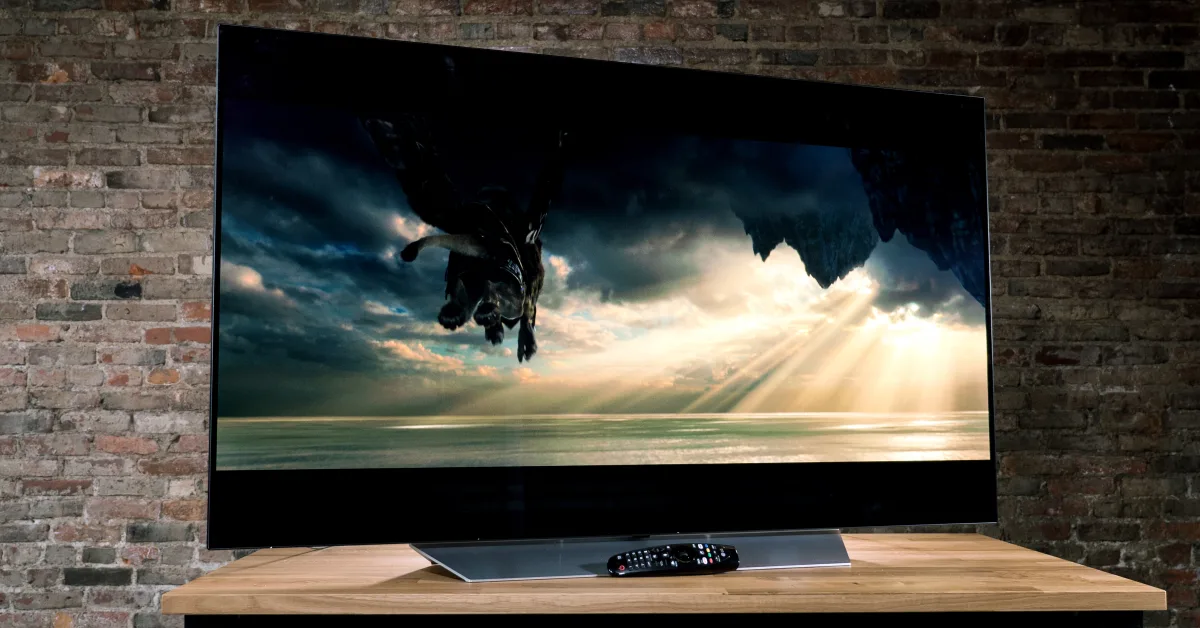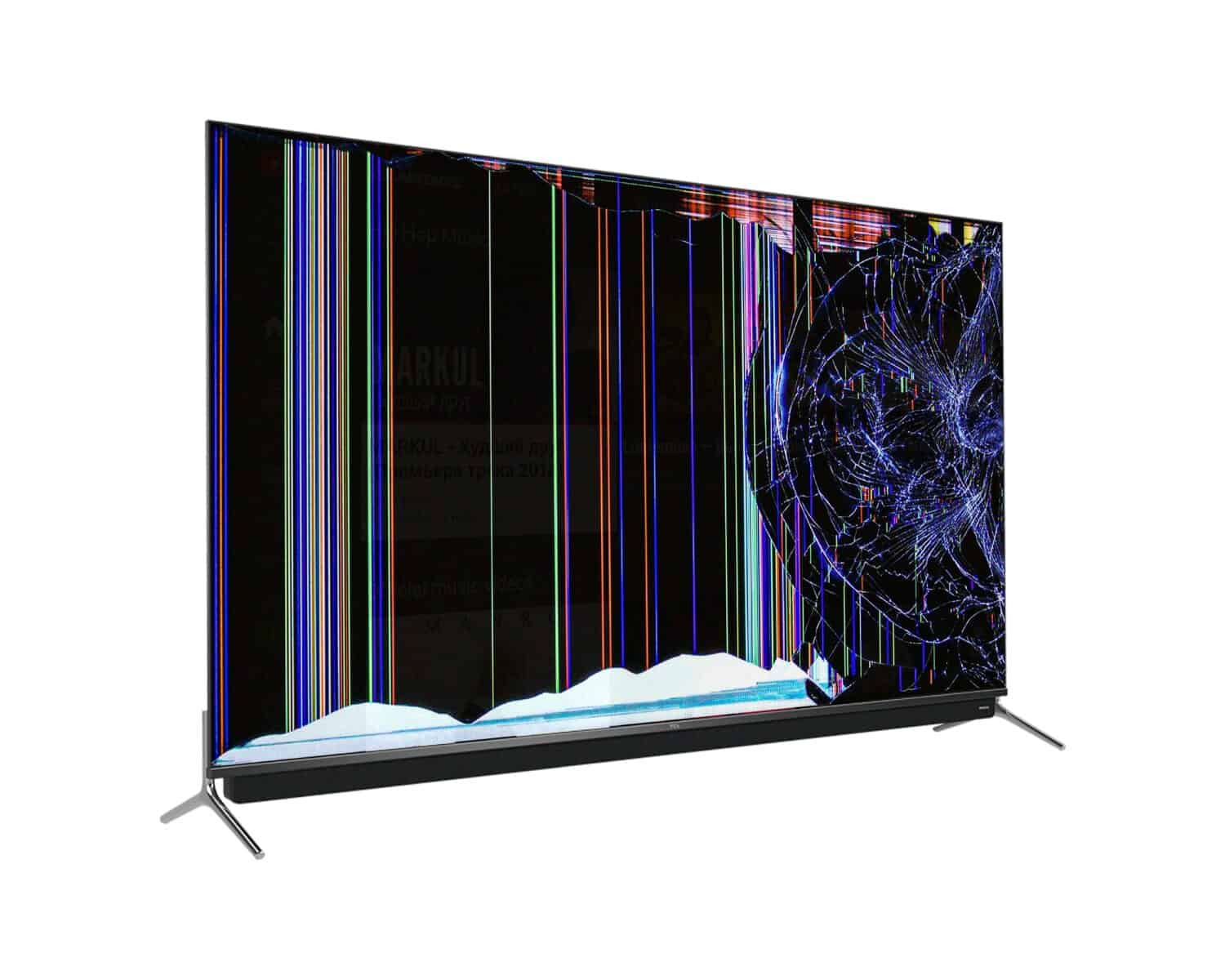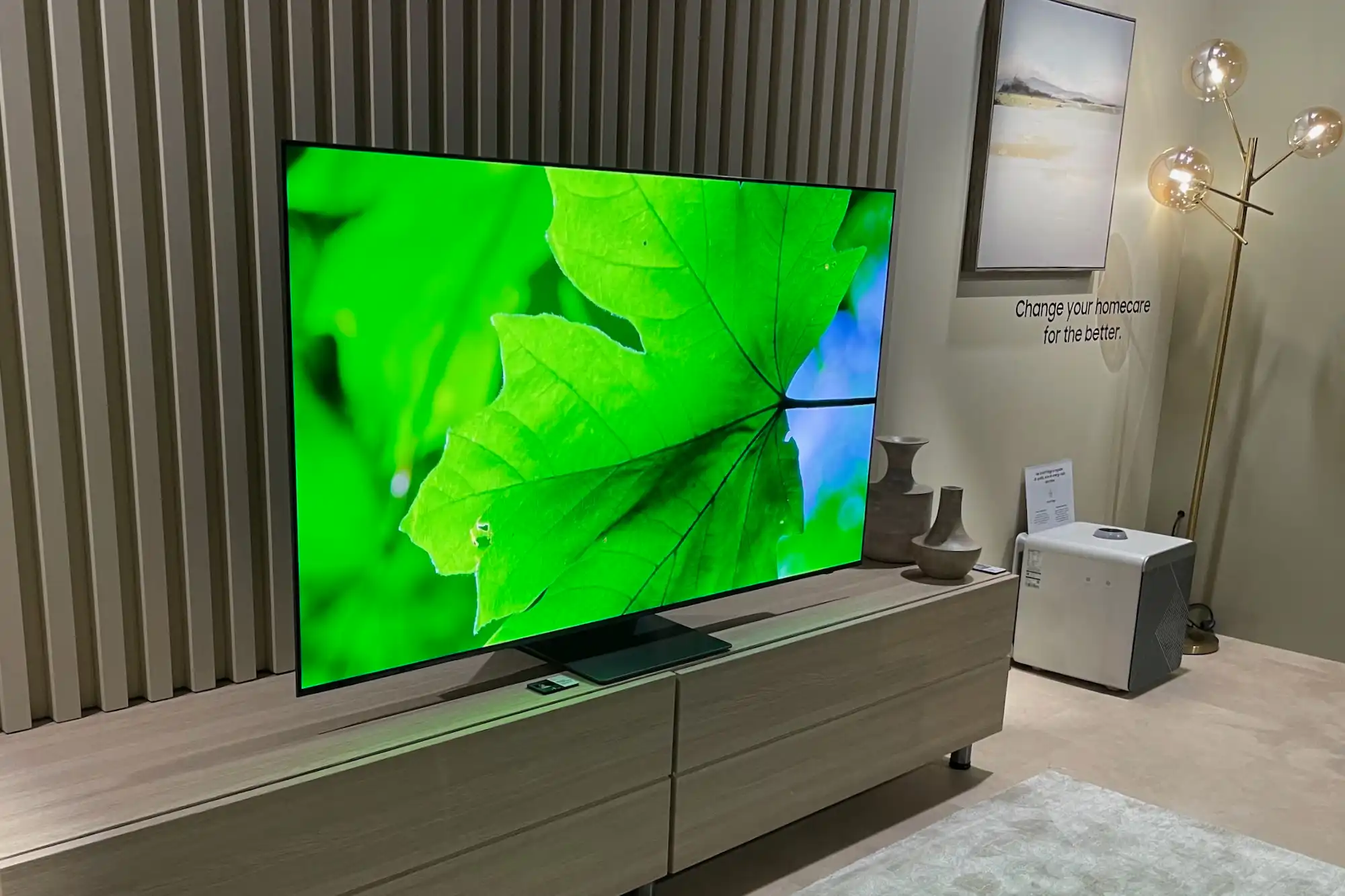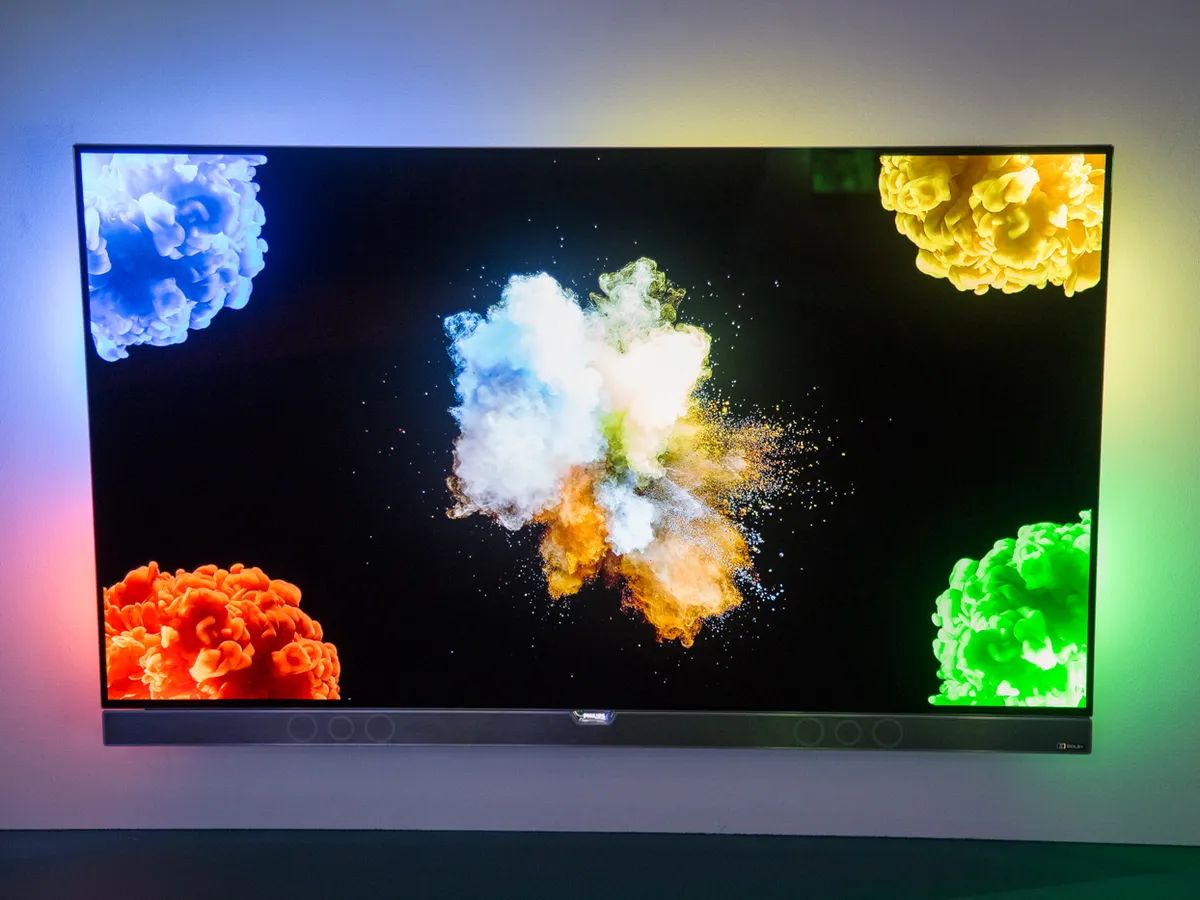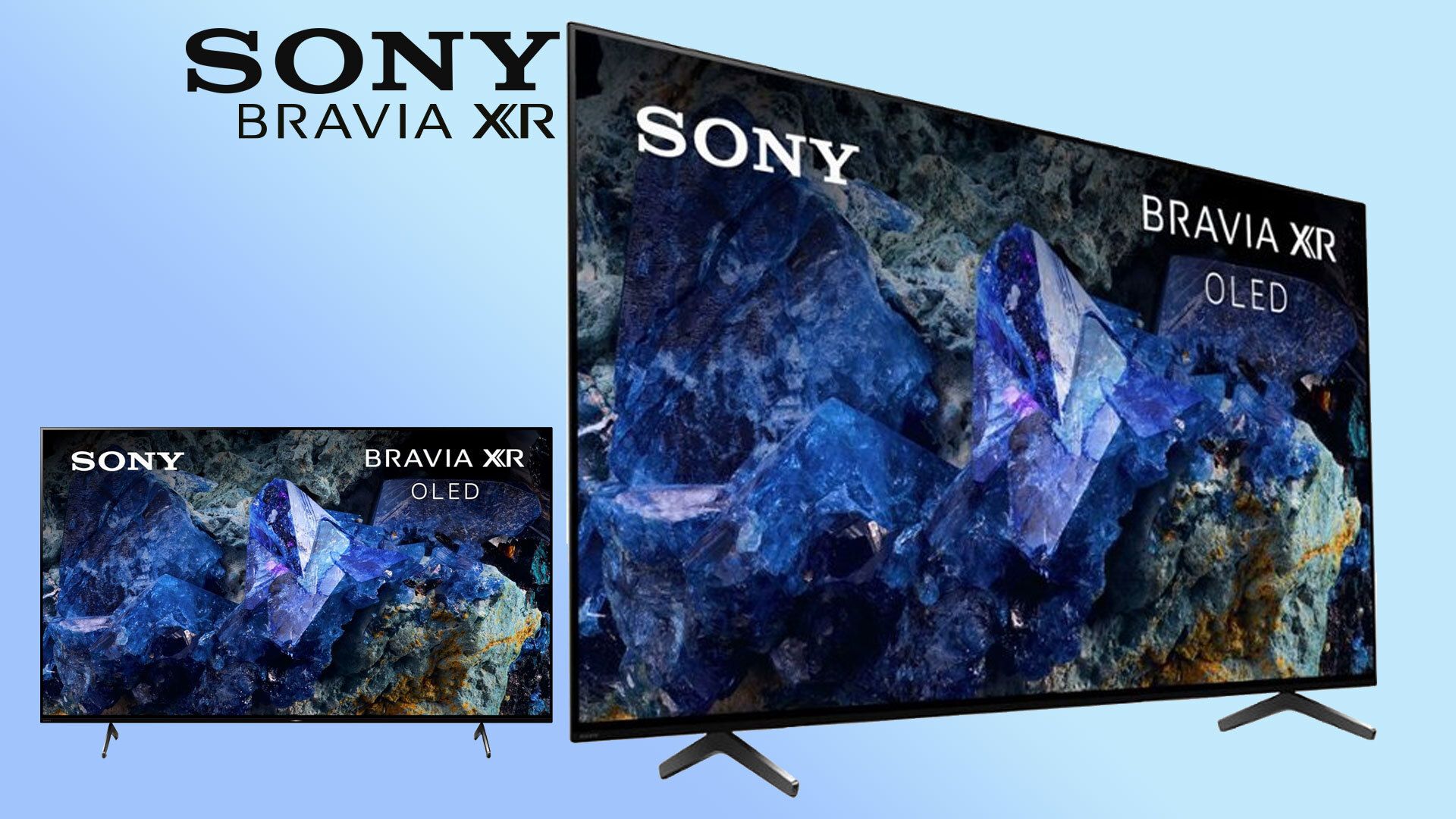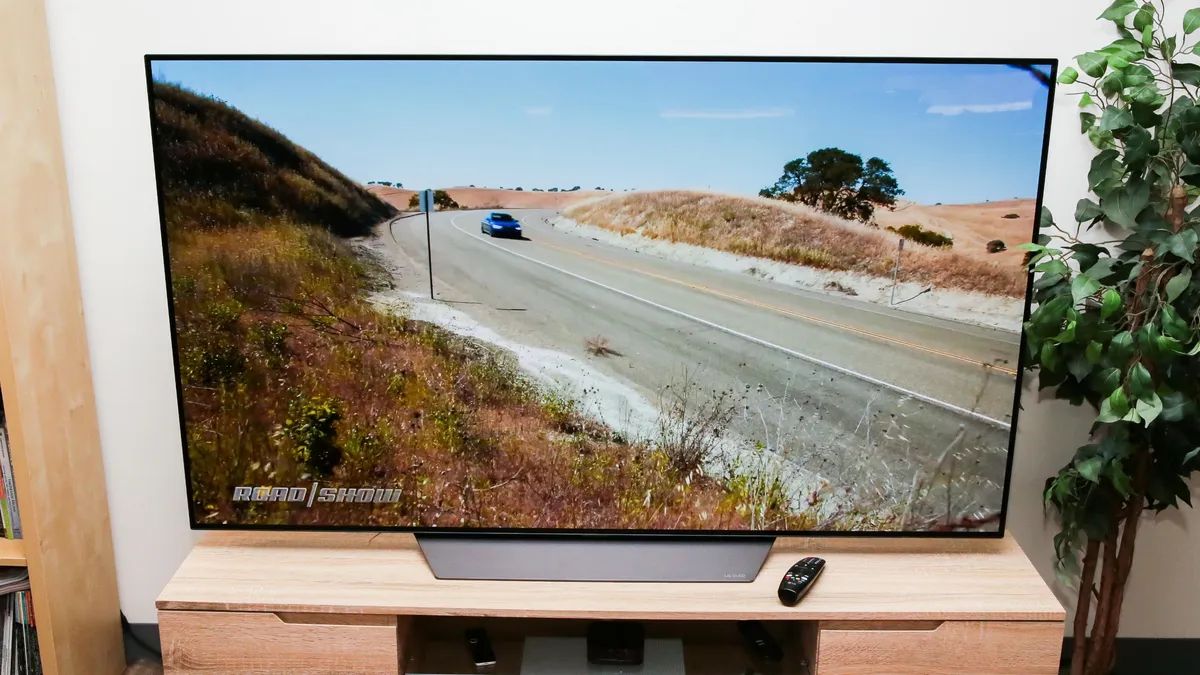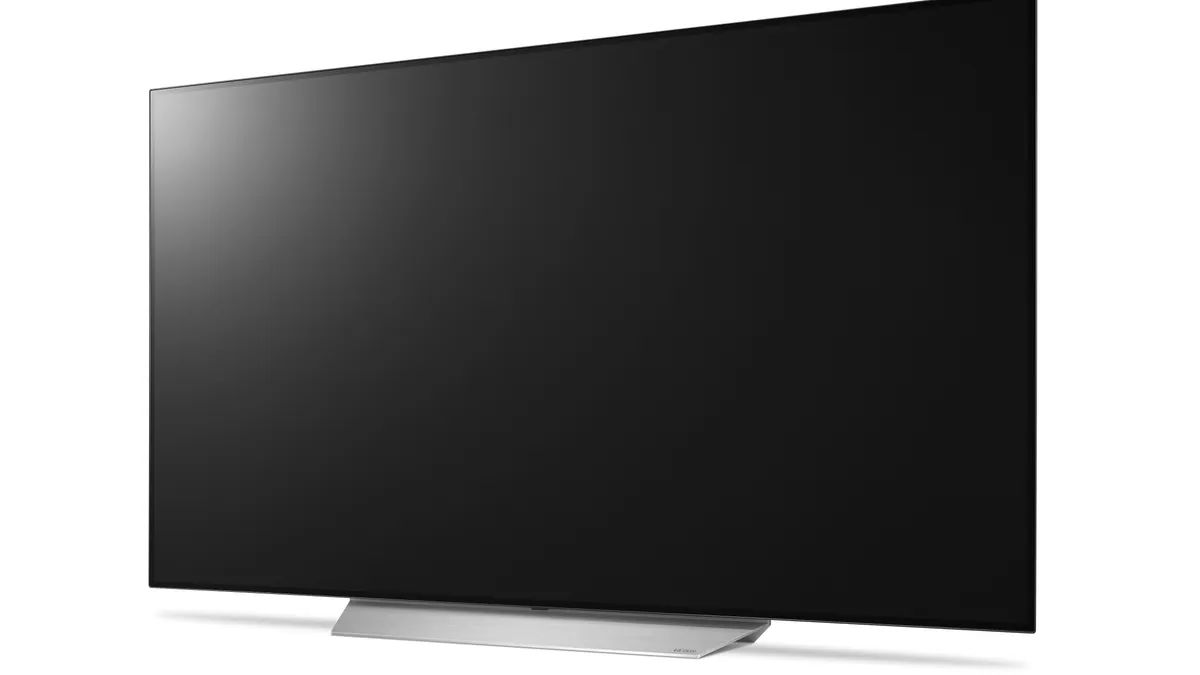Introduction
When it comes to purchasing a new television, you may have noticed that OLED TVs come with a hefty price tag compared to other types of televisions. This often leaves consumers wondering why OLED TV prices are so high. In this article, we will explore the factors that contribute to the elevated cost of OLED TVs and shed light on why they are considered a premium option in the market.
OLED, which stands for Organic Light-Emitting Diode, is a cutting-edge display technology that offers exceptional visual quality. Unlike traditional LED or LCD TVs, OLED panels are composed of organic compounds that emit light when an electric current is applied. This results in stunning image quality, with deep blacks, vibrant colors, and wide viewing angles.
However, the impressive performance of OLED comes at a price. The following sections will delve into the main factors that contribute to the high cost of OLED TVs, explaining why they may not be the most affordable option for everyone.
OLED TV Technology
The underlying technology of OLED TVs is a key factor contributing to their high price. Unlike traditional LED or LCD TVs that rely on backlighting, OLED TVs use self-emitting pixels that can individually turn on and off. This allows for true black levels and exceptional contrast ratios.
The manufacturing process for OLED panels is complex and involves creating layers of organic compounds that emit light when electrically stimulated. These organic materials are more expensive to produce compared to the materials used in other types of displays.
Additionally, OLED TVs require a higher resolution to maintain image quality due to the self-emitting pixel technology. This means that manufacturing OLED panels with larger sizes and higher resolutions can drive up the overall cost of production.
Moreover, OLED technology is still relatively new and evolving. The research and development required to improve OLED displays and address any technical challenges adds to the cost of manufacturing these TVs.
While OLED technology offers significant advantages in terms of picture quality, it also comes with higher production costs that can impact the final price of the TVs. Understanding the complexity of OLED technology helps to explain why these televisions are more expensive compared to other display technologies on the market.
Limited Production Capacity
Another reason behind the high cost of OLED TVs is the limited production capacity. Unlike mass-produced LCD panels, OLED technology is still not as widely adopted and available in large quantities.
OLED panels require specialized production facilities that are more expensive to set up and maintain compared to facilities used for manufacturing LCD panels. The intricate process of creating OLED panels involves precise deposition of organic layers and requires stringent quality control measures.
Furthermore, the yield rates in OLED panel production are relatively lower compared to LCD panels. The yield rate refers to the number of usable panels produced per batch. The low yield rates increase production costs as manufacturers must compensate for the wastage during the process.
Due to these limitations in production capacity, the supply of OLED TVs is lower compared to the demand, leading to a higher price point. As the production capacity of OLED panels increases over time, it is expected that the prices will gradually decrease as well.
It is important to consider the limited production capacity of OLED TVs when contemplating their high price. This factor, coupled with the specialized production requirements, contributes to the premium cost associated with OLED televisions.
Cost of Materials
The cost of materials used in manufacturing OLED TVs is another significant factor that contributes to their high price. OLED panels require specific components and materials that are more expensive compared to those used in LCD or LED displays.
One of the main cost drivers is the use of organic materials in OLED panels. These organic compounds are more expensive to produce than the inorganic materials used in other display technologies. The process of synthesizing and purifying these organic materials adds to the overall cost of production.
In addition, OLED panels require specialized substrates and electrodes that are specifically designed for the technology. These components are made using high-quality materials to ensure optimal performance and longevity. The cost associated with sourcing and manufacturing these specialized materials further adds to the overall cost of OLED TVs.
Furthermore, incorporating features such as high-dynamic-range (HDR) support, wide color gamut, and advanced image processing capabilities in OLED TVs requires the use of additional components and circuits. These components, such as HDR processors and color enhancement modules, can significantly increase the cost of materials in OLED TVs.
The combination of organic materials, specialized substrates, and additional components used in OLED TVs contributes to their higher price compared to other display technologies. As the technology advances and becomes more widely adopted, it is expected that the cost of materials will decrease, resulting in more affordable OLED options in the future.
Research and Development
The continuous investment in research and development (R&D) is another factor that contributes to the high cost of OLED TVs. OLED technology is still evolving and requires ongoing R&D efforts to improve performance, address technical challenges, and explore new advancements.
The development of new manufacturing techniques, materials, and processes for OLED displays requires substantial investment in research and experimentation. This includes the development of more efficient and cost-effective ways to produce OLED panels, enhance their longevity, and improve overall performance.
OLED technology also requires significant investment in the development of new manufacturing equipment and facilities. As the demand for OLED TVs increases, manufacturers need to invest in scaling up production capabilities to meet the market demand. This investment in R&D and infrastructure adds to the overall cost of OLED TVs.
Moreover, OLED technology is continuously being refined to overcome technical challenges such as burn-in, which is the risk of image retention on OLED panels. Manufacturers invest in R&D to minimize the effects of burn-in and improve the longevity of OLED displays. These advancements come at a cost, which is reflected in the final price of OLED TVs.
Furthermore, the development of advanced features and functionalities in OLED TVs, such as variable refresh rates, higher peak brightness, and improved color accuracy, requires extensive research and innovation. These features are developed through R&D efforts that aim to push the boundaries of OLED technology and deliver an enhanced viewing experience for consumers.
Overall, the investment in research and development is a necessary component of OLED technology, but it also contributes to the higher cost of OLED TVs. The continuous advancements and improvements in OLED technology ensure that consumers can enjoy cutting-edge display quality, but these advancements come with a price.
Manufacturing Complexity
The manufacturing process for OLED TVs is complex and intricate, which directly impacts their high price. Unlike LCD or LED displays, OLED panels require a more intricate and precise manufacturing process.
Creating OLED panels involves depositing multiple layers of organic materials onto a substrate. Each layer serves a specific purpose, such as emitting light or transporting electrical charges. The precise deposition of these layers requires advanced manufacturing techniques and equipment.
Additionally, the manufacturing process for OLED panels requires a controlled environment to ensure the quality and reliability of the display. Even minor variations in temperature, humidity, or air purity can impact the performance and longevity of OLED panels. Therefore, manufacturers need to invest in specialized manufacturing facilities to meet these strict requirements.
Moreover, OLED panels are at risk of defects during the manufacturing process, which can result in lower yields and increased costs. Defects such as dead pixels or non-uniform illumination can render the panels unusable, leading to higher production costs and, subsequently, higher prices for OLED TVs.
The complexity of manufacturing OLED displays also extends to the production of larger-sized panels. As the size of OLED TVs increases, manufacturers face additional challenges in maintaining uniformity and quality across the larger surface area. This complexity adds to the production costs and, consequently, to the overall price of OLED TVs.
Despite the manufacturing complexity, the advantages of OLED technology, such as its ability to produce deep blacks and vibrant colors, make it a highly sought-after display option. However, the complexity and precision required in the manufacturing process contribute to the higher cost of OLED TVs compared to other display technologies.
Quality Control
Ensuring high-quality standards is an essential aspect of OLED TV production, which contributes to the higher cost of these TVs. OLED panels require stringent quality control measures to ensure that every display meets the expected performance and reliability standards.
During the manufacturing process, each OLED panel undergoes rigorous testing to detect any defects or inconsistencies. These checks include pixel-perfect inspection to identify dead or stuck pixels, as well as checks for uniformity in brightness, color accuracy, and image retention. Any panel that fails to meet the specified criteria is rejected, leading to increased production costs.
In addition to the initial testing, OLED TVs also undergo extensive burn-in and aging tests to simulate real-world usage conditions. These tests aim to identify any potential issues, such as image retention or degradation, and ensure long-term performance and durability.
Quality control in OLED TV production is further complicated by the variability of organic materials used in the display. The aging characteristics of these organic compounds can affect the longevity and consistency of the OLED panels. Manufacturers implement strict quality control measures to minimize any variations in performance and ensure the highest possible quality of each TV produced.
Furthermore, the delicate nature of OLED displays requires careful handling and packaging to prevent damage during shipping. Specialized packaging materials, such as anti-static sheets and shock-absorbent cases, are used to protect OLED TVs and maintain their integrity until they reach the end consumer.
All these quality control measures, from initial testing to burn-in tests and packaging, add to the production costs of OLED TVs. The commitment to delivering high-quality products, coupled with the extensive testing and precision required, contribute to the premium price tag of OLED TVs.
Market Demand and Pricing
Market demand and pricing dynamics play a significant role in determining the high cost of OLED TVs. The demand for OLED TVs has been consistently strong due to the superior image quality and unique features they offer compared to other display technologies.
However, the relatively limited production capacity of OLED panels, as discussed earlier, combined with high market demand, creates a supply-demand imbalance. This imbalance allows manufacturers to set higher prices for OLED TVs, knowing that consumers are willing to pay a premium for the superior visual experience.
In addition to the supply-demand dynamics, OLED TVs often cater to a niche segment of consumers who prioritize picture quality and cutting-edge technology, which further justifies the higher price point. This niche market focus allows manufacturers to target customers who are willing to invest in top-of-the-line televisions.
Furthermore, the high price tag of OLED TVs can create a perception of exclusivity and luxury, which in turn can influence demand. Some consumers are willing to pay more for a product that is positioned as premium, even if the cost does not solely reflect the actual production expenses.
It is worth mentioning that as the production capacity of OLED panels increases, the prices are likely to gradually decrease over time. Increased competition, advancements in production techniques, and economies of scale can contribute to price reductions, making OLED TVs more accessible to a wider range of consumers.
In summary, the combination of high market demand, limited production capacity, and the appeal of OLED TVs as a premium product drive their higher pricing. The ongoing technological advancements and potential increase in production capacity may lead to more competitive pricing in the future.
Conclusion
In conclusion, the high cost of OLED TVs can be attributed to various factors. OLED technology itself is more expensive to produce due to the use of organic materials and the complex manufacturing process involved. Limited production capacity, coupled with the higher cost of materials, contributes to the higher price of these televisions.
Research and development efforts to improve OLED technology and address technical challenges also add to the overall cost. The manufacturing complexity of OLED panels, combined with strict quality control measures, drives up production costs and subsequently impacts the pricing of OLED TVs.
Market demand and pricing dynamics further justify the higher cost, considering the niche segment of consumers who prioritize superior image quality and cutting-edge technology. The perception of exclusivity and luxury associated with OLED TVs also influences their pricing.
Looking ahead, as the production capacity of OLED panels increases and competition in the market intensifies, it is expected that the prices of OLED TVs will gradually decrease over time, making them more accessible to a wider range of consumers.
Overall, while OLED TVs may come with a higher price tag, their exceptional visual quality and unique features make them a preferred choice for those seeking an immersive viewing experience. As technology advances and production capacities expand, it is likely that the accessibility and affordability of OLED TVs will continue to improve.







